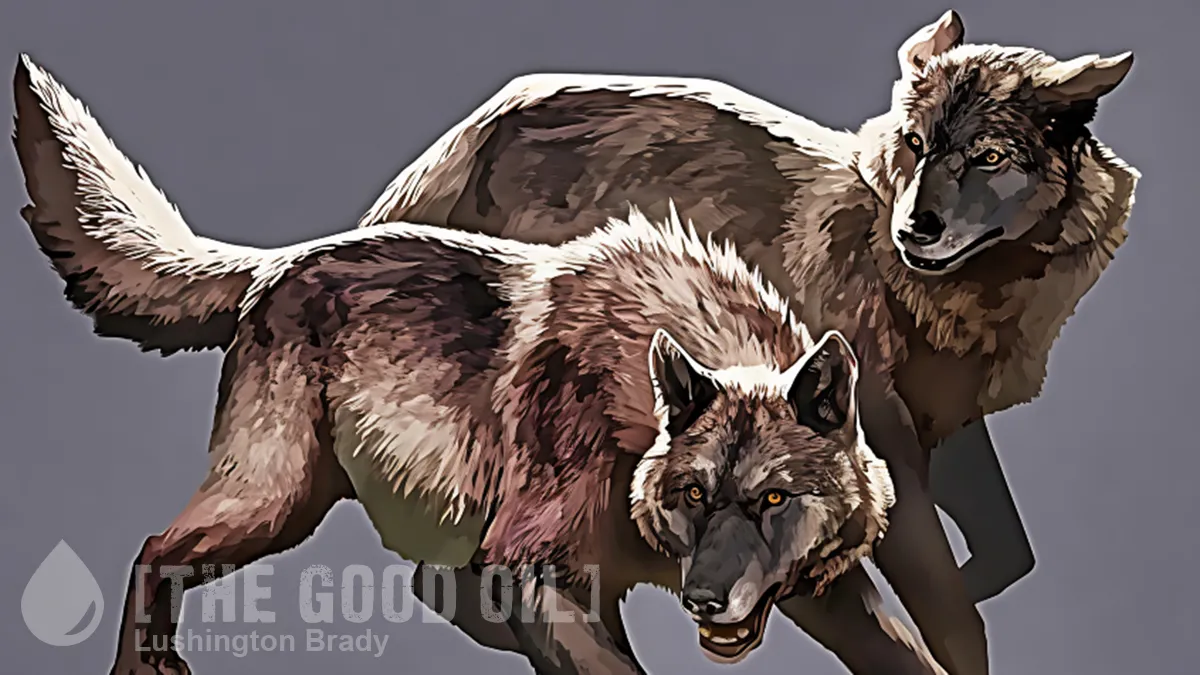My first two ‘Lushy’s Laws of the Media’ run thus:
First:
Never believe a headline.
Second:
When an article claims, ‘science says…’ or ‘new study shows…’, assume that it doesn’t until proven otherwise.
Both of these apply in spades whenever a flurry of breathless headlines proclaim some amazing ‘scientific breakthrough’, especially when it’s one that seems suspiciously tailored to grab popular attention.
Pyramids, for instance. Pyramids are always good for peddling the most outlandish nonsense as ‘science’, from ancient aliens to mystical ‘pyramid powers’. Case in point: the recent hoohah over ‘mysterious structures’ supposedly found deep underground beneath the Great Pyramid. As it happens, the ground penetrating radar images behind the fuss aren’t exactly new: they date back to 2021–23. What is new is that a ‘UFOlogist’ in Italy gave a presentation in which he mixed all manner of fanciful CGI images with the actual radar images. The former bear little resemblance to the latter, which don’t really tell us much, anyway.
But, hey, everyone loves a good pyramid story, so hardly anyone bothered to question it.
Similarly, the twin successes of both Jurassic Park and Game of Thrones meant that last week’s claim to have ‘resurrected’ the ‘extinct species’ of dire wolves was practically tailor made for a media frenzy.
A pity no one stopped to question whether it was a load of old dog-do.
Colossal is claiming that three genetically modified grey wolf pups – two males called Remus and Romulus born in October, and a female called Khaleesi born in January – are in fact dire wolves. The same company also recently announced the creation of woolly mice and a nearly complete thylacine, or Tasmanian tiger, genome.
Here’s where the story starts to fall apart.
Yes, dire wolves are an extinct species of canine (Aenocyon dirus) that lived in the Americas until around 10,000 years ago. They looked like big wolves with white coats. Except, they weren’t wolves (Canis lupus).
Grey wolves and dire wolves were thought to be very closely related based on their physical similarities, but a 2021 study of ancient DNA revealed that they last shared a common ancestor around 6 million years ago. Jackals, African wild dogs and dholes are all more closely related to grey wolves (Canis lupus) than dire wolves are, despite their similar appearances […]
Beth Shapiro of Colossal says her team has sequenced the complete genome of the dire wolf and will soon release it to the public. Shapiro could not tell New Scientist how many differences there are but said the two species share 99.5 per cent of their DNA. Since the grey wolf genome is around 2.4 billion base pairs long, that still leaves room for millions of base-pairs of differences.
But small differences in DNA ‘percentages’ can add up to massive differences. Humans, after all, share approximately 98.8 per cent of their DNA with chimpanzees. Not to mention 70 per cent DNA shared with flatworms.
With such a huge difference in actual genes, the claim that just 20 gene edits turned grey wolves into dire wolves starts to sound a little iffy.
In fact, five of those 20 changes are based on mutations known to produce light coats in grey wolves, Shapiro told New Scientist. Only 15 are based on the dire wolf genome directly and are intended to alter the animals’ size, musculature and ear shape. It will be a year or so before it’s clear if those changes have had the intended effects on the genetically modified animals, says Shapiro.
So, they’re not really dire wolves at all, then?
Well, says Colossal’s Shapiro, that depends what you mean by ‘species’.
“Species concepts are human classification systems, and everybody can disagree and everyone can be right,” she says. “You can use the phylogenetic [evolutionary relationships] species concept to determine what you’re going to call a species, which is what you are implying… We are using the morphological species concept and saying, if they look like this animal, then they are the animal.”
Which sounds suspiciously like the claim that a male putting on a dress and makeup is a woman ‘because he looks like one’.









